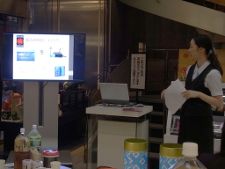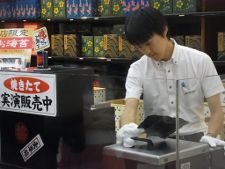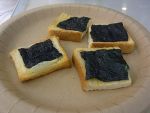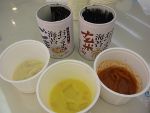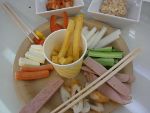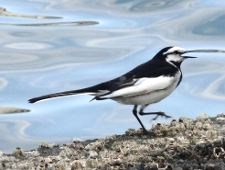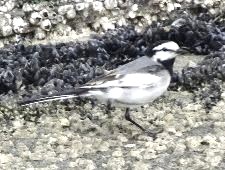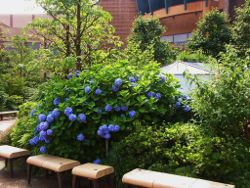
This year, on May 31, seven days earlier than normal, the Tokyo region declared the "flowering of the true flowers of the hydrangea."
And on June 5, the rainy season begins.
Harumi Triton Square, which consists of three terraces, "Flower Terrace", "Green Terrace", and "Water Terrace", and two green spaces, "North Triton Park" and "South Triton Park", are colored with more than 100,000 plants of 600 species, "Yama Hydrangea hydrangea" and "bigleaf hydrangea" and "Tur Hydrangea hydrangea" are also called "West Hydrangea hydrangea".
There are many varieties of hydrangeas that have been crossed and improved.
①The shape of the corolla ("temari Risaki", in which the petals-shaped sepals "ornamental flower <Single flower / Neutral flower>" forms a spherical inflorescence, and ornamental flower surrounds bisexual flowerbisexual flower").
②How ornamental flower blooms ("single bloom", "double-flowered")
③The shape of the petals <selyx> (round valve, sword valve, fine valve, Kizami valve, spatula valve, etc.)
④Flower color rich in change
You can enjoy the diversity of such things.
This time, 3 types of "Kashiwaba hydrangea" (single blooming-1, double blooming-2, double "Tamasaki"-3), "Tsuru Hydrangea"-6, "Hidlandia"-7-10, "American Norioki" horticultural species "Anabell" (white-4, pink-5).
It is a unique scene that the vine hydrangea crawls on the wall with the vines.
The image at the beginning is Hydlandia "Endless Summer" on the flower terrace.
Unlike ordinary hydrangeas, the branches that grew that year blossomed, so you can enjoy them for a long time until autumn.
① ② ③ ④ ⑤
⑥ ⑦ ⑧ ⑨ ⑩










